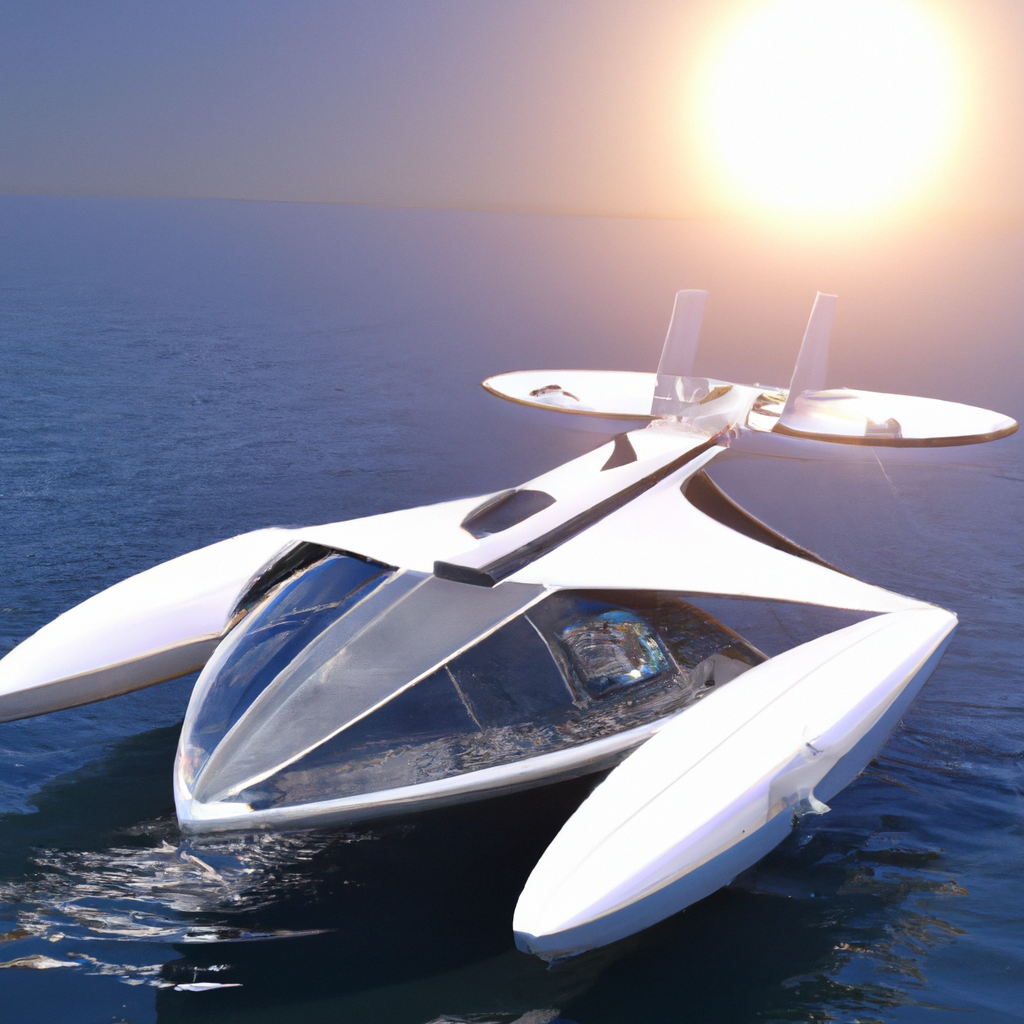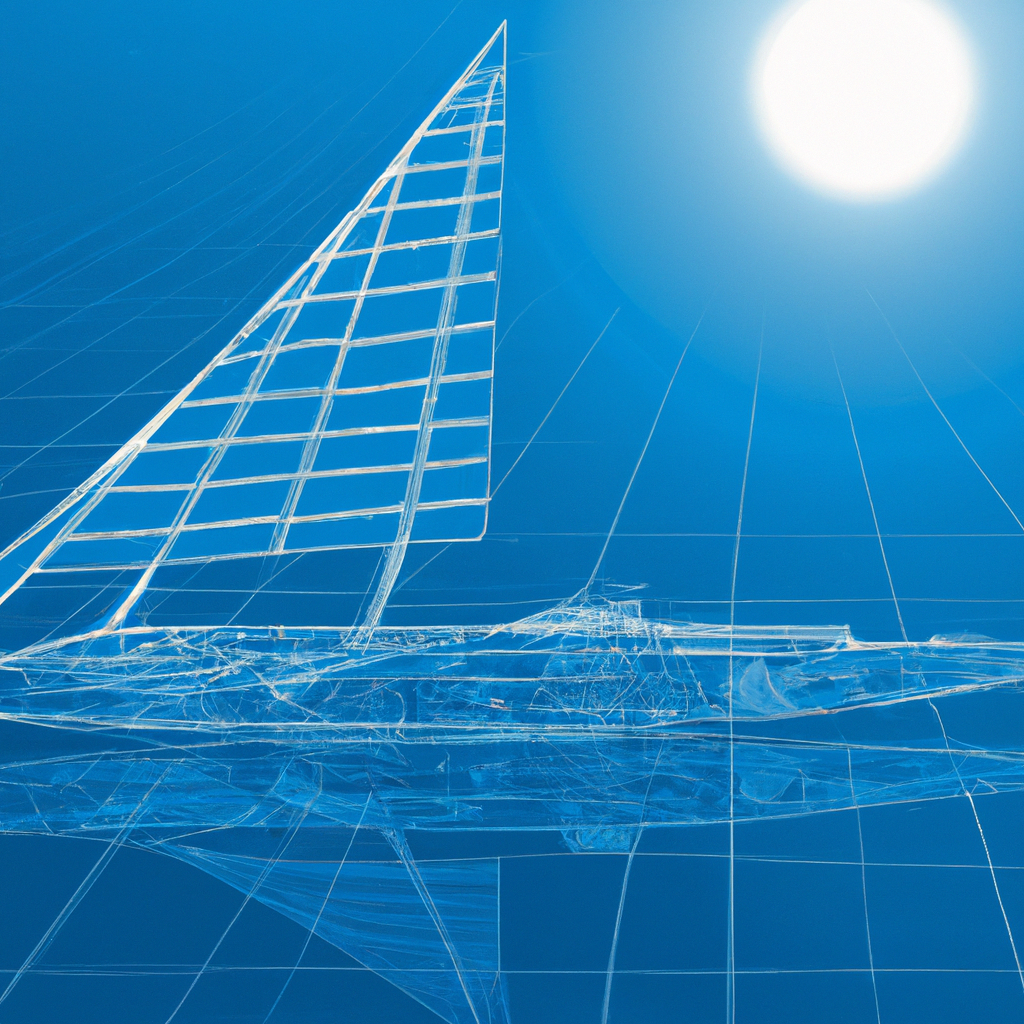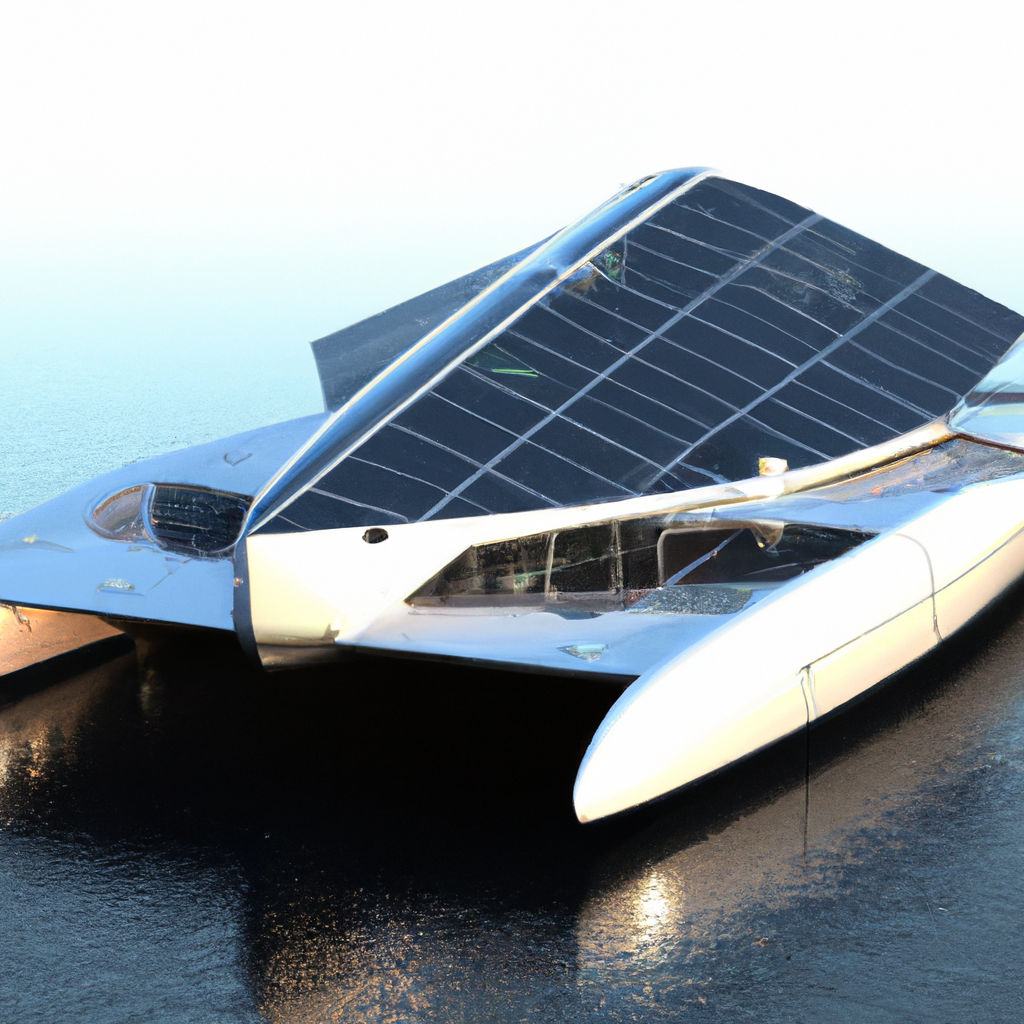Ship design is the process of conceptualizing, developing, and constructing ships, ranging from small boats to large ocean liners. It involves numerous technical and engineering disciplines, with a focus on hydrodynamics, materials, and propulsion systems. Mastering the basics of ship design is crucial for creating safe, efficient, and cost-effective vessels that meet the requirements of their intended use. In this article, we will delve into the key aspects of ship design, from the fundamentals to advanced topics.
Understanding the Importance of Ship Design
Ship design plays a vital role in the maritime industry, as the performance, safety, and environmental impact of a vessel depend on its design. A well-designed ship can provide better stability, speed, fuel efficiency, and cargo capacity, while reducing the risk of accidents and environmental damage. On the other hand, a poorly designed ship can lead to disasters, such as grounding, capsizing, or collisions, and cause severe economic and environmental losses.
The 5 Fundamental Elements of Ship Design
There are five fundamental elements of ship design that must be considered to ensure a successful vessel: hull form, propulsion, stability, structures, and outfitting. The hull form determines the shape, size, and volume of the vessel, affecting its resistance, seakeeping, and cargo capacity. The propulsion system includes the engines, propellers, and steering, which provide the thrust and control of the ship. Stability refers to the ability of the ship to stay upright and level in different conditions, such as waves, wind, and cargo loading. Structures include the materials, construction methods, and architectural features of the ship, which influence its strength, durability, and weight. Outfitting covers the equipment, systems, and amenities that make the ship operational and livable for its crew and passengers.
Types of Ships: Overview and Differences
There are numerous types of ships, each designed for a specific purpose and environment. Some of the most common types of ships include cargo vessels, tankers, container ships, cruise ships, ferries, fishing boats, and naval vessels. Each type has its unique features, such as size, shape, propulsion, cargo capacity, accommodation, and safety equipment. Understanding the differences between ship types is crucial for choosing the appropriate design parameters and meeting the regulatory requirements.
Understanding Hydrostatics and Hydrodynamics
Hydrostatics and hydrodynamics are two essential branches of fluid mechanics that are crucial for ship design. Hydrostatics deals with the equilibrium of fluids under static conditions, such as the waterline, buoyancy, and stability of a vessel. Hydrodynamics, on the other hand, deals with the motion of fluids under dynamic conditions, such as the resistance, propulsive efficiency, and seakeeping of a vessel. Both disciplines require a thorough understanding of the principles of physics, mathematics, and computer simulation.
Ship Design Calculations: A Step-by-Step Guide
Ship design calculations involve a series of mathematical and computational procedures that are used to evaluate the performance, stability, and safety of a vessel. Some of the most common calculations include hydrostatics, hydrodynamics, naval architecture, structural analysis, propulsion, and electrical systems. Each calculation requires specific inputs, assumptions, and formulas, depending on the ship’s design and characteristics. A step-by-step guide to ship design calculations can help ensure accurate and efficient results.
Materials and Manufacturing Techniques for Shipbuilding
The materials and manufacturing techniques used for shipbuilding have evolved over time, from traditional wood and iron to modern steel, aluminum, and composites. The choice of materials depends on various factors, such as strength, weight, corrosion resistance, cost, and availability. The manufacturing techniques include welding, riveting, casting, forging, and cutting, which require skilled workers and advanced machinery. The selection of materials and manufacturing techniques can significantly affect the quality, cost, and sustainability of a ship.
Basic Principles of Stability and Trim
Stability and trim are two critical factors that affect the safety and performance of a ship. Stability refers to the ability of the ship to resist capsizing or tilting due to external forces, such as waves or cargo shifting. Trim refers to the longitudinal balance of the ship, which affects its speed, fuel consumption, and maneuverability. The basic principles of stability and trim include the center of gravity, center of buoyancy, metacentric height, and moment of inertia, which must be calculated and monitored during the ship’s design and operation.
Propulsion Systems and Ship Performance
Propulsion systems are essential for providing the necessary thrust and maneuverability of a ship. There are various types of propulsion systems, such as diesel engines, gas turbines, electric motors, and hybrid systems, each with its advantages and limitations. The choice of propulsion system depends on the ship’s size, speed, fuel consumption, and environmental impact. The performance of a ship is affected by numerous factors, such as the hull form, propulsion system, weight distribution, and environmental conditions, which must be optimized to achieve the desired result.
Environmental Considerations in Ship Design
Environmental considerations are becoming increasingly important in ship design, as the maritime industry is under pressure to reduce its carbon footprint and emissions. Some of the environmental factors that must be considered in ship design include fuel efficiency, air pollution, ballast water management, waste disposal, and noise pollution. The use of green technologies, such as renewable energy, energy-saving devices, and low-emission fuels, can help mitigate the environmental impact of ships.
Safety and Risk Management in Ship Design
Safety and risk management are critical aspects of ship design, as they ensure the protection of life, property, and the environment. Some of the safety factors that must be considered in ship design include the capacity of life-saving equipment, fire prevention and protection, navigation and communication systems, and emergency response procedures. Risk management involves identifying, assessing, and mitigating the potential hazards and uncertainties associated with ship design and operation, including human factors, technical failures, and environmental conditions.
Mastering the basics of ship design requires a multidisciplinary approach that combines technical knowledge, analytical skills, and practical experience. By understanding the fundamental elements of ship design, types of ships, hydrostatics and hydrodynamics, ship design calculations, materials and manufacturing techniques, stability and trim, propulsion systems and ship performance, environmental considerations, safety and risk management, ship designers can create innovative, efficient, and sustainable vessels that meet the demands of the maritime industry. Whether you are a naval architect, a marine engineer, a shipbuilder, or a maritime expert, mastering the basics of ship design is a journey that never ends.


